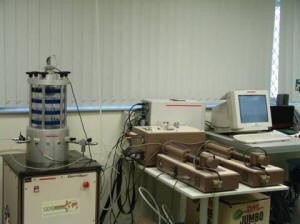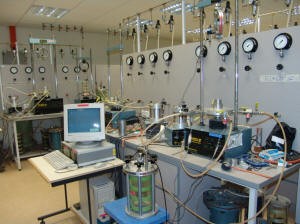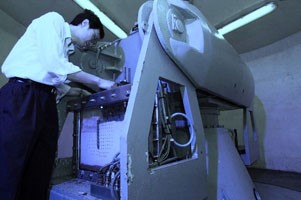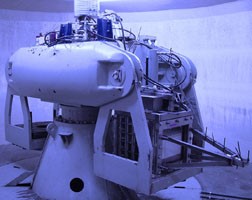-
-
- Bridging Scales from Below: The Role of Heterogeneities in the Global Water and Carbon Budgets
- Increasing Occurrences of Cyanobacterial Blooms Driven by Climate Change Factors
- Carbon Capture and Utilization
- Integrated Coastal-Inland Flood Model for Climate Change
- Pathways for Sustainable and Climate-Resilient Planning of Water-Energy-Food Security Nexus
-
- Air Quality and Health: A Paradigm Shift
- Surface Water Quality and Emerging Contaminants
- Microbial detoxification of persistent organohalide pollutants (POPs)
- Nutrients Removal in Waterbodies via Sustainable Pathways
- Centre for Water Research (CWR) researchers join their forces with U of T researchers for microplastics pollution detection and control in water and wastewater
- Dealing with Hard-To-Treat Industrial Wastewater
- Valorization of Bioresources – Towards a Circular Economy
-
- Intelligent Traffic Diffusion Plan Generation, Effective Assessment and Dissemination Strategies
- Transforming Waste into Resources for Infrastructural Development
- Look-Ahead Integrated Geophysical Investigation System (IGIS) for Singapore Tunnels
- Next-Generation Airport Pavements with Full-Scale Instrumented Testing
-
- Centre for Advanced Materials and Structures
- Centre for Hazards Research
- Centre for Resilient Underground Infrastructure and Engineering (CRUISE)
- Centre for Transportation Research
- Centre for Water Research
- Centre for Resource Circularity and Resilience (CR)2
- Centre for Offshore Research and Engineering (CORE)
- Centre for Environmental Resilience
- Safety & Health Committee
- Completed Research Projects
- Research Brief
- Achievements (in the media)
Geotechnical Engineering Laboratory
The GEOTECHNICAL ENGINEERING Laboratory is equipped with facilities to carry out many types of tests on soils. These include testing of a large range of sample sizes for compressibility, shear strength and drainage properties. Basic equipment for soil dynamics field and laboratory experiments, including the resonant column apparatus, are also available. Electronic measuring devices for stress, strain and pore water pressure complement several data acquisition systems. The laboratory also has several non-destructive density and moisture measurement devices based on nuclear radiation for field and laboratory use. Major equipment for soft clay engineering includes ring shear apparatus, automatic stress path control system for triaxial testing and hydrocone consolidation cell.


Centrifuge modelling is becoming increasingly used as a technique for studying geotechnical problems. With this approach, data from reduced-scale centrifuge models can be scaled up to prototype values in a rigorous and self-consistent manner. A 2m-radius centrifuge capable of carrying a maximum payload of 400kg and a maximum g-level of 200 has been designed, fabricated locally and installed in the Geotechnical Centrifuge laboratory. This facility enables many locally relevant field problems to be studied under laboratory-controlled conditions.



